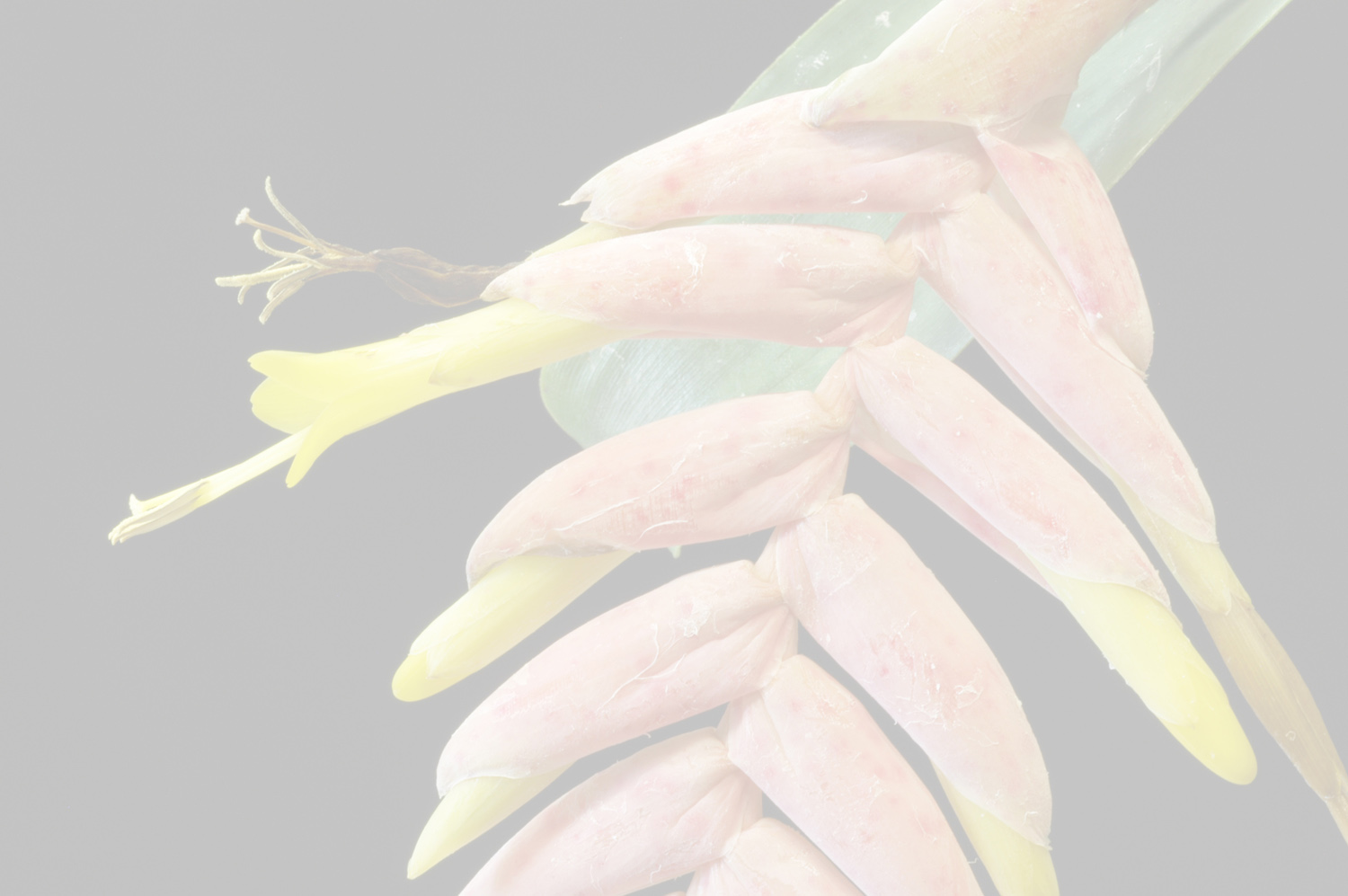
Vriesea regina sensu Wittm.
Literature references:
Comments:
- Vries. regina Beer.
Tillandsia regina Arrab. - Flora Fluminensis, tab. 142
This plant is included here because of its inflorescence. Although the drawing is entirely incomprehensible, also there is no existing description, I am satisfied with it, and include it here.
Beer, Bromeliaceen
From Baker 1889
304. T. REGINA Vell. Fl. Plum. iii, t. 142. Vriesea regina Beer; Wawra Itin. Prin. Sax. Cob. 163, t. 36 a ; Gard. Chron. 1875, fig. 41; Antoine Brom. t. 9-10 (M.D.). V. gigantea Lemaire in Ill. Hort. t. 516. V. Glaziouviana Lemaire. V. geniculata Wawra Reise Kais. Max. 159, t. 25. V. imperialis and Hillegeeriana Hort.
Whole plant reaching a height of 8-10 feet.
Burchell in 1826 and introduced into cultivation by Linden in 1868. This is the giant of the genus. It is the type of Morren's subgenus Alcantarea, named after the Emperor of Brazil, characterised by its long narrow petal-blade and long stamens. V. gigantea Lemaire, is a form with shorter deflexed branches than in the type and more crowded flowers. V. gigantea Gaudich. Atlas, Bonite t. 70, from Santa Catherina, seems to be a starved variety of the same species with calyx only an inch long. Another very large species, 9-12 ft. high, with a very ample laxly bipinnate panicle, gathered by Roezl in New Granada in the province of Cauca, is mentioned in Haage and Schmidt's catalogue in 1872, under the name of T. gigantea.
From Harms in Engler & Prantl, Nat. Pflanzenfam. ed. 2, 15a: 126. 1930.
17. Alcantarea (Morren) Harms, Vriesea subgenus Alcantarea Morren in the writings of Mez in Fl. brasil. III. 3. [1894] 516, in DC. Monogr, IX. [1896] 614; Vriesea sect. Reginae Wawra in Itin. Princip. S. Coburgi I. [1883] 158).
Flowers similar to Vriesea. Petals ribbon like, later laxly hanging downwards and usually twisted spirally, with 1 two-part or strongly split petal appendages, or with 2 petal appendages. Seeds spindle shaped, with very long, nicely crested divided top-mop of hair and relatively short basal mop of hair (Szidat in Bot. Archive I. [1922] 42; Vriesea imperialis Morren. - Very magnificent stem forming herb, the largest of the family, from 2 to several metres high, growing on rocks; stem short or to 5 metres high, thick, crosswise-furrowed from leaf-scars; brood-base of young plants at the bottom of the stem; leaf rosette very large, leaves lineal, 1/2 to 1 metre long or longer. Scape long, with large many flowered panicle made from a usually long rows of spike like racemes, ( pedicels short, thick), bracts pink, red, greenish white or green; Petals yellow, yellowish white, milky white ( turning yellow later) or almost flesh-colored.
Approximately 7 species. From the Antilles (Haiti) comes apparently a not yet recollected A. panniculata (L.) Harms (based on Renealmia panniculata L.) in Plumier t. 237, which was impossibly treated by Mez under V. paniculata: in my opinion this is Tillandsia ringens Griseb. - a Vriesea of the subgenus Cylindrostachys. - Better known are the four Brazilian species often confused together from the mountains (on steep rockwalls) that are in the immediate vicinity to Rio de Janeiro, which one groups with Mez in the following manner,:
A. Floral bracts secund. A. imperialis (Morren) Harms, also in culture, Vriesea Glazioviana Carriere in Rev. Hortic. LIII. [1881] 50). -
B. Floral bracts distichous, racemes two-edged. A. regina (Vell.) HARMS (V. regina Antoine, Phyto-Icon. [1884] 12 t. 9-10) with bracts with reddish overlay, jasmine fragrant flowers with whitish yellow (milky white) petals,( V. Glazioviana Lem. in Illustr. Hort. [1867] t. 516, to 4 m high ( J. Gerome in Rev. Hortic. LXXXI. [1909] 263, Fig. 112; Bot. Magaz. [1915] t. 8596; O. Krauss in Gartenwelt XIII. [1909] 445 )
the almost same-named genus of the Compositae, Alcantara Glaziou (in Bull. Soc. bot. France LVI, Mem, 3d. [1909] 367, is without published description. —See Beer 1856

